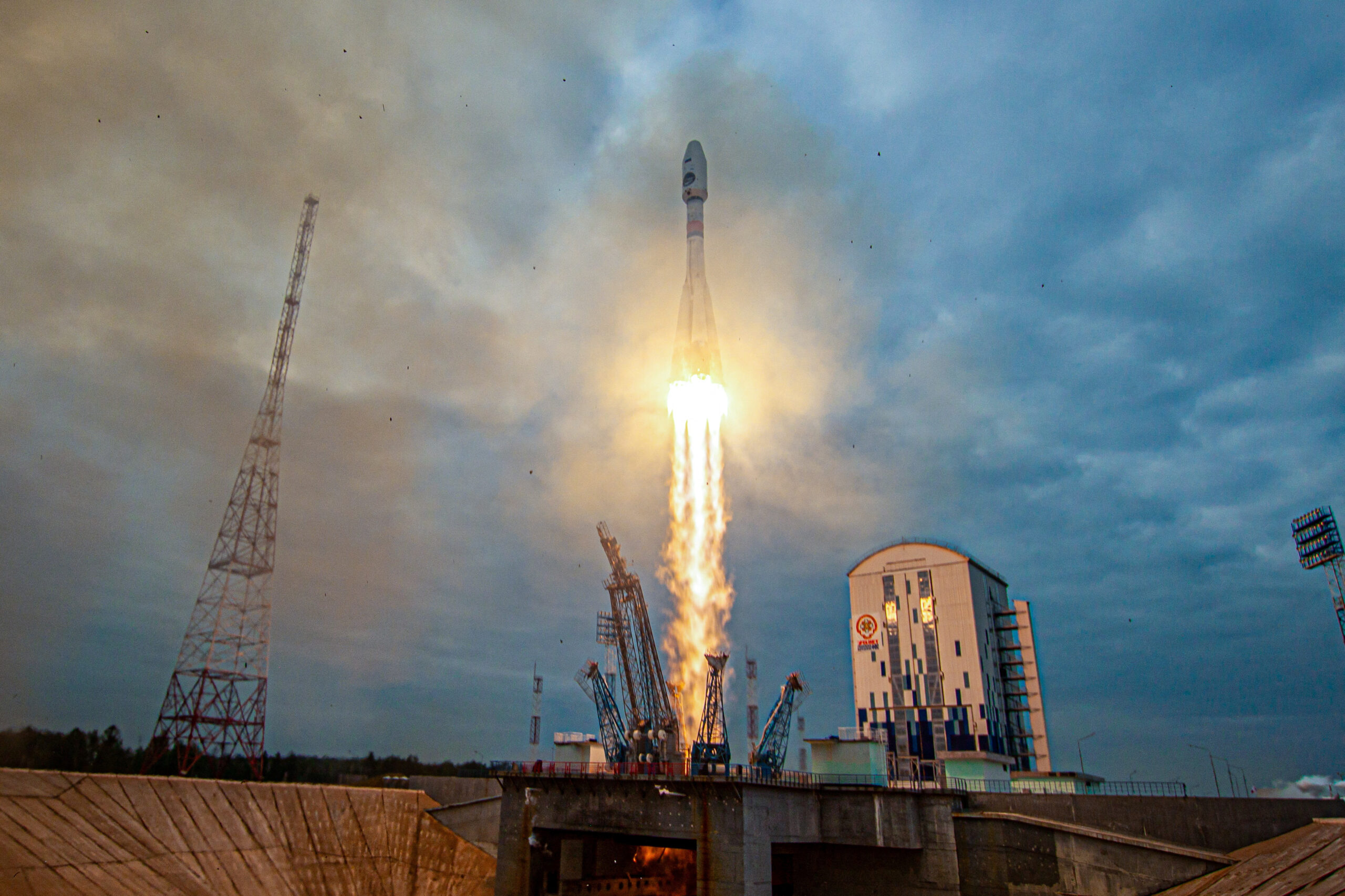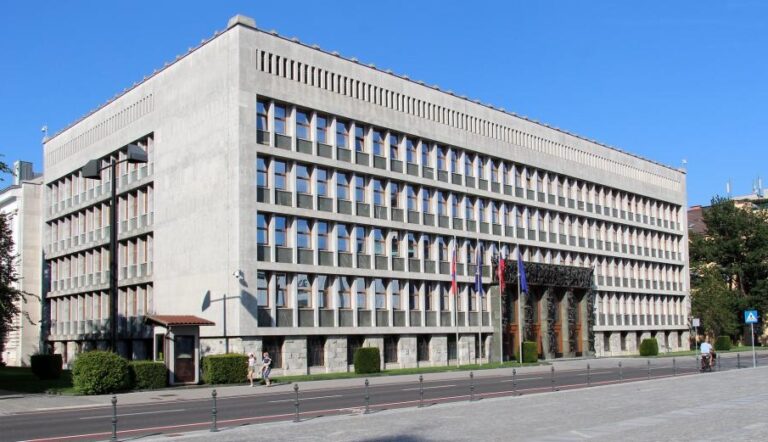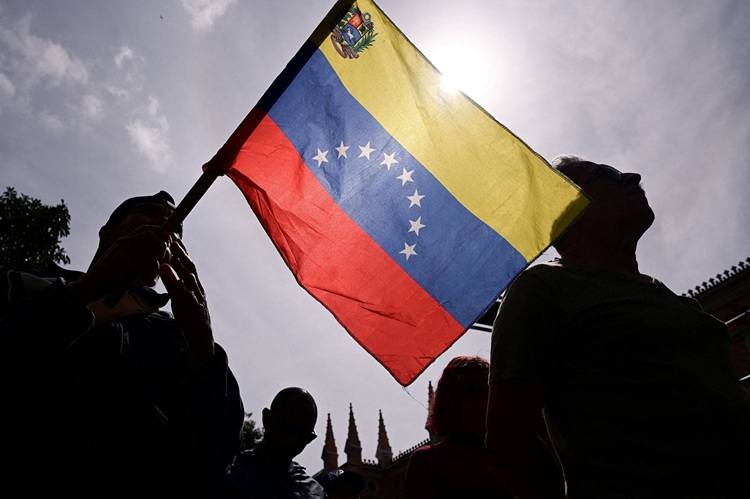Russia’s Luna-25 spacecraft, a robot lander, experienced a tragic fate as it crashed into the moon after being thrown into an uncontrolled orbit, as reported by Roscosmos, the nation’s space agency, on Sunday. The agency’s statement explained that the craft entered an erratic orbit and ultimately met its end due to a collision with the lunar surface. Contact with the spacecraft was lost on Saturday following complications encountered while preparing for its pre-landing orbit. The agency’s experts were investigating an “abnormal situation” that had been reported. This incident resulted in an onboard anomaly that prevented the intended maneuver from being executed according to the prescribed parameters.
The original plan was for the spacecraft to touch down on the moon’s south pole on Monday. This area holds significant interest for researchers due to the belief that the persistently shaded polar craters could house frozen water within the rocks, which could potentially be converted into air and rocket fuel by future explorers.
A rivalry between Russia and India emerged as both countries aimed to be the first to reach the moon’s south pole. This competition gained momentum with an Indian spacecraft launch on July 14, racing against Russia’s lunar lander. The anticipated arrival of both craft on the moon was projected to occur between August 21 and 23.
Of the few governments that have achieved successful moon landings, namely the Soviet Union, the United States, and China, none had managed to land on the moon’s south pole until now. The attempt by India in 2019 ended in failure when their lander crashed on the lunar surface.
Roscosmos expressed its desire to demonstrate Russia’s capability to deliver payloads to the moon and secure Russia’s reliable access to the lunar surface. However, the sanctions imposed on Russia in light of its actions in Ukraine have posed challenges to its space program’s access to Western technology. The initial plan for Luna-25 included carrying a small moon rover, but this idea was abandoned to enhance the craft’s reliability by reducing its weight.
The launch of Luna-25 occurred on August 10 from the Vostochny Cosmodrome in Russia’s Far East. This spaceport holds significance as a personal project of Russian President Vladimir Putin and plays a pivotal role in his efforts to establish Russia as a prominent force in space exploration. Notably, this launch marked Russia’s first since 1976, when it was still part of the Soviet Union.
(Source: CNN)









